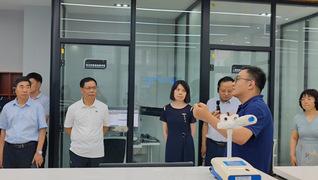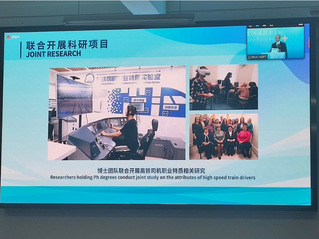
Absrtact-
Purpose
In this era of life highly comminuted and multi planar tibial plateau fractures involving the posterior corners are more commonly seen and addressed in the literature than before. Among these several types have not been described in the currently used classification systems. In fact simple classification systems ignore several fracture types and leniently grouped the fractures with different mechanism, morphology, treatment modalities and prognosis in same category. On the other hand, more extensive nature classifications with detailed subdivisions are difficult to remember for clinicians. The clinical reliability of these classifications is another problem. All these issues demand the potential need of a new classification. The aim of this study was to describe a quadrant specific two column classification of tibial plateau fractures and to analyse its inter-observer and intra-observer reliability, clinical assessment and application.
Materials and methods
From January 2009 to December 2015, 44 patients with tibial plateau fractures were studied retrospectively. The antero-posterior (AP), lateral X-rays and computed tomography (CT) with axial transverse, sagittal, coronal and three dimensional (3D) reconstruction images were performed for all the patients. All of the fractures were categorized according to quadrant specific two column classification and the traditional Schatzker’s classification. The comparative analysis for inter-observer and intra-observer reliability of the new classification and the Schatzker’s classification was conducted by four observers.
Results
Three cases didn’t match any type in the Schatzker’s classification. While on the other hand, all cases were classified by two column classification. The mean kappa values for inter-observer reliability by using the Schatzker’s classification was 0.723 (range, 0.674-0.823), representing substantial agreement, whereas the mean kappa value was 0.939 (range: 0.897-0.974), representing almost perfect agreement according to two column classification. The mean kappa values for intra-observer reliability using the Schatzker’s classification and two column classification were 0.789 (range: 0.590-0.864) and 0.955 (range:0.923-0.948) showing substantial agreement and almost perfect agreement.
Conclusion
The quadrant specific two column classification is anatomically oriented, CT based and clinically valid. The different fracture types according to anatomic location are represented alphanumerically so that treatment matched to specific fracture type (quadrant specific anatomic fixation) for optimal outcomes. Furthermore, it demonstrates higher inter-observer and intra-observer reliability. This classification can be adopted to strengthen the traditional Schatzker’s classification, particularly in the multi planar and posteriorly extended plateau fractures. It can be used as a reliable research tool. The database can be used to distinguish different fracture types, individual type incidences, specific treatment and also prognosis. Authors suggest a large multi-centre study.
Reference:Adeel Anwar, Yufang Zhang, Zhi Zhao, Yanming Gao, Lin Sha, Decheng Lv, Zhen Zhang, Gang Lv, Yufen Zhang, Muhammad Umar Nazir, Wasim Qasim, Yanfeng Wang,“Two column classification of tibial plateau fractures; description, clinical application and reliability”, in Injury,Volume 50, Issue 6, pp.1247-1255, 2019. doi:org/10.1016/j.injury.2019.04.021.



